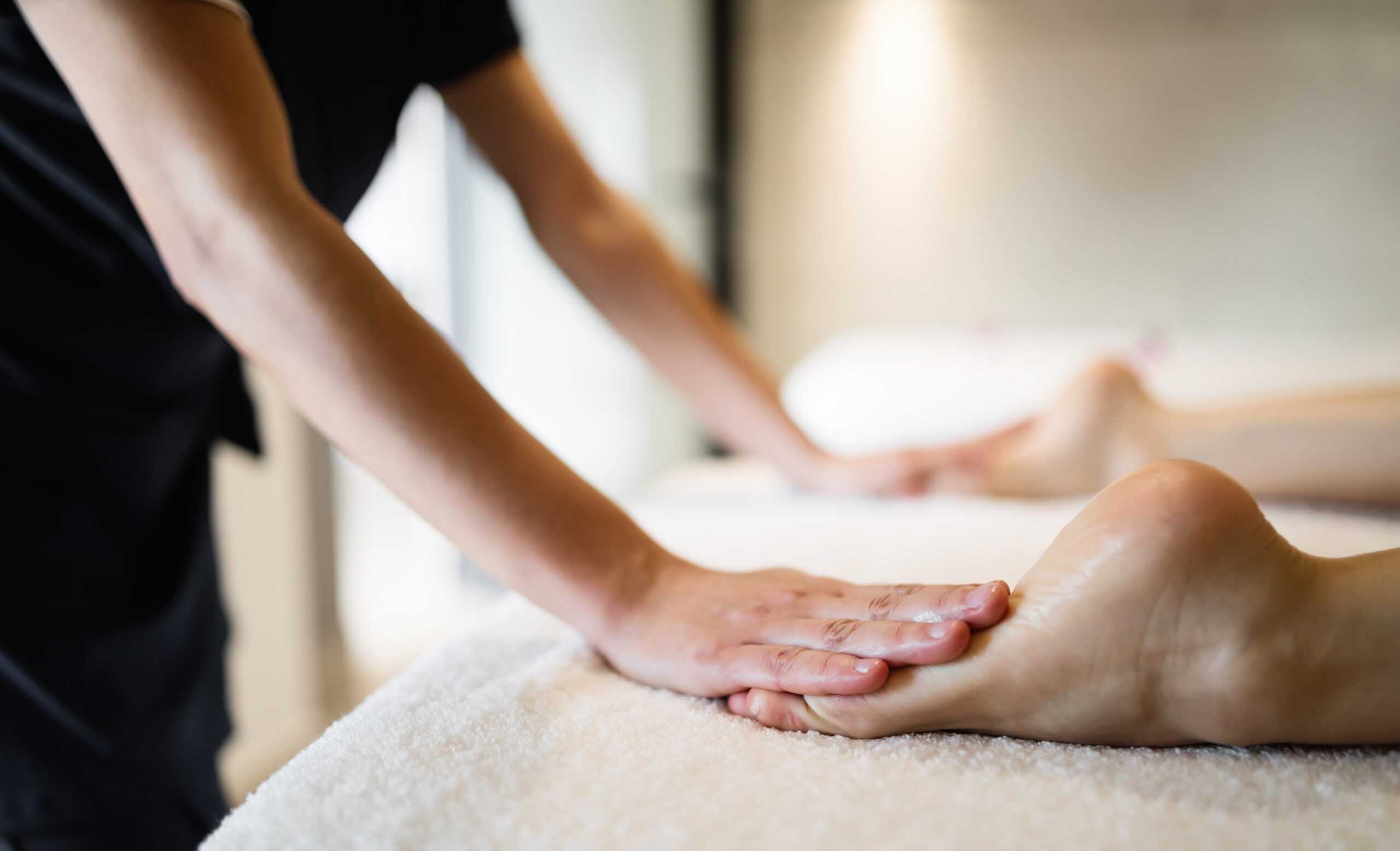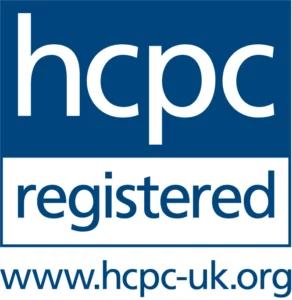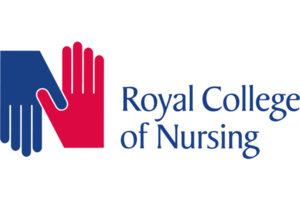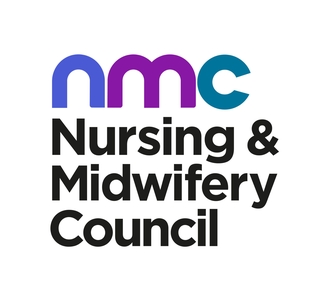Our foot health practitioner offers the following advice for excellent foot health care.
- Foot health practitioners advise that feet should be checked daily. Look for cuts, redness, swelling, sores, blisters, corns, calluses, or any other change to the skin or nails. Get a mirror to see better or ask a family member to help you.
- Every day, feet need to be washed in warm water rather than hot water. Avoid soaking your feet. You should dry your feet completely and apply lotion to the top and bottom—but not between your toes, which could lead to infection.
- Avoid walking barefoot. Always wear shoes and socks or slippers, even inside, to avoid injury. Check that there aren’t any pebbles or other objects inside your shoes and that the lining is smooth.
- Wear shoes that fit well. For the most comfortable fit, try on your shoes at the end of the day when your feet tend to be the largest. With newly purchased shoes, wear them bit by bit until you get used and always with socks.
- Trim your toenails straight across and gently smooth any sharp edges with a nail file. Have your foot specialist trim your toenails if you can’t see or reach your feet.
- Don’t remove corns or calluses yourself, and especially don’t use over-the-counter products to remove them—they could burn your skin. See your foot specialist
- Get your feet checked at every health care visit. Also, visit your foot health practitioner regularly (more often if you have nerve damage) for a complete exam, which will include checking for feeling and blood flow in your feet. For diabetic patients, this is offered free through the national health system.
- Keep the blood flowing. Help your feet by putting your feet up when you’re sitting and wiggle your toes for a few minutes several times throughout the day.
- Choose feet-friendly activities like walking, riding a bike, or swimming. Check with your foot health practitioner about which activities are best for you and any you should avoid.








 BY AFDV MARKETING.
BY AFDV MARKETING.